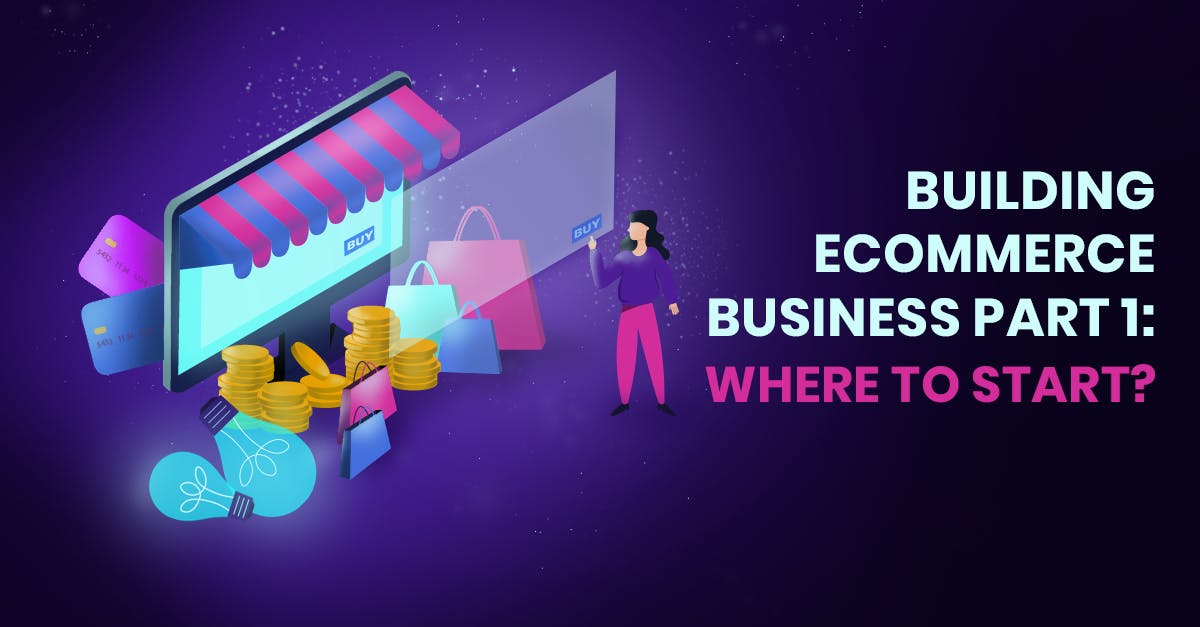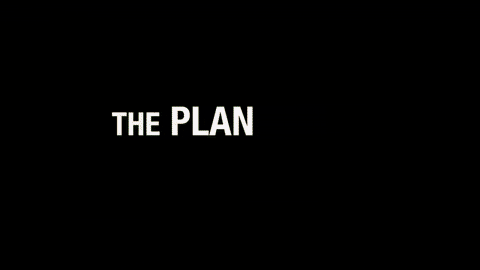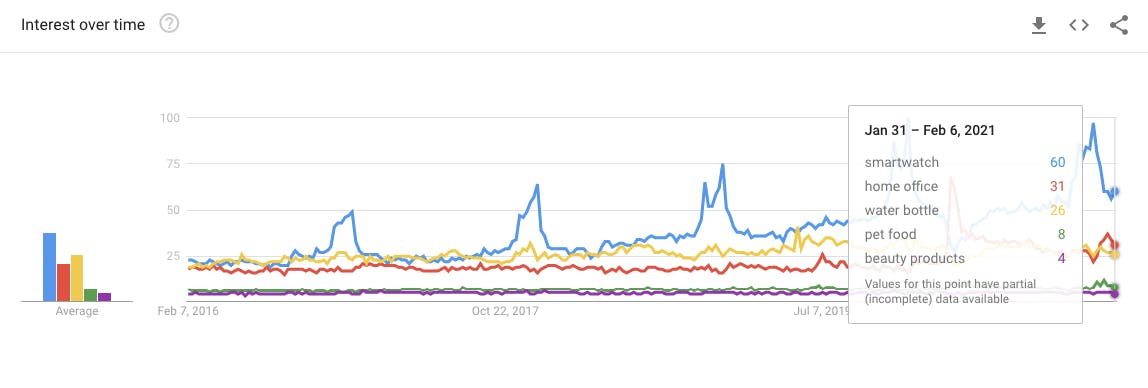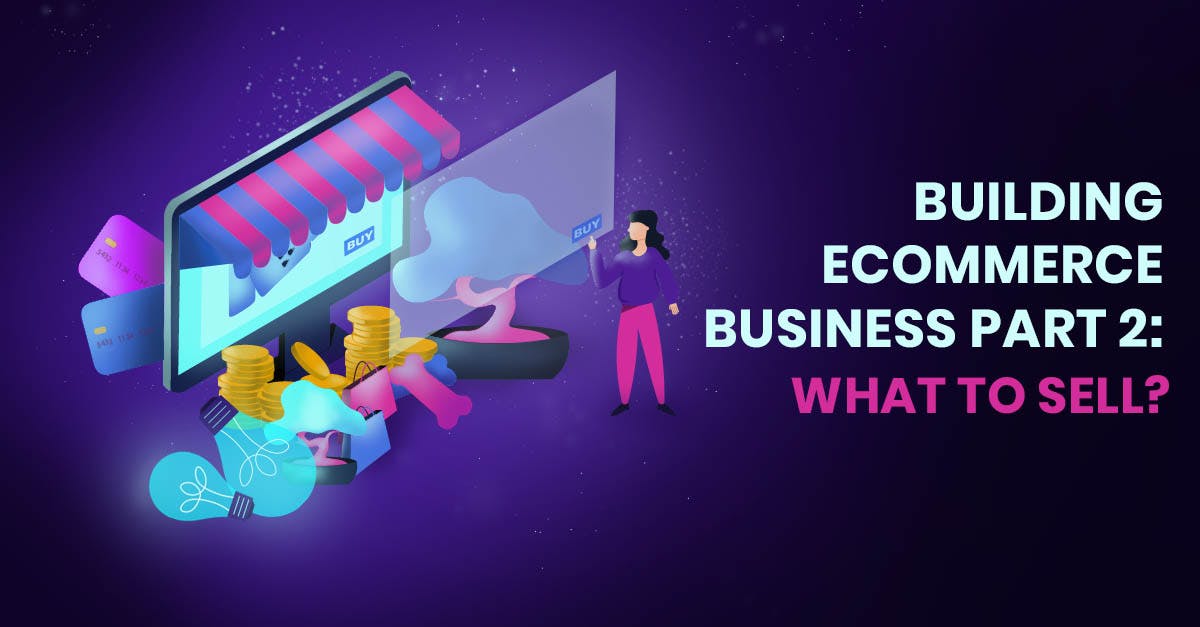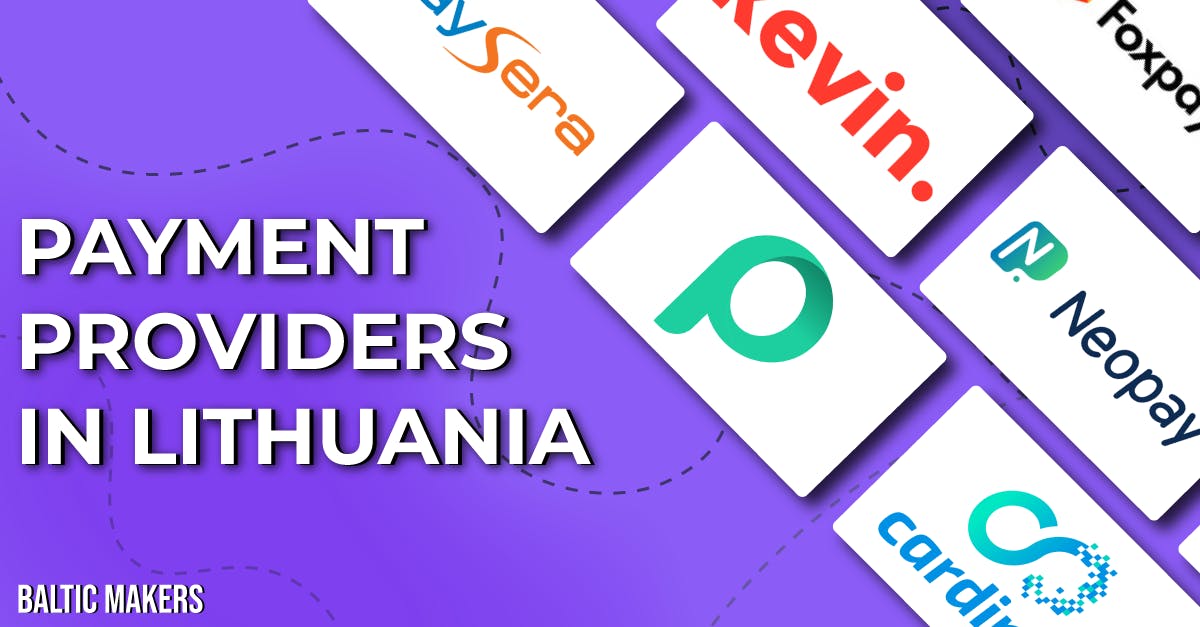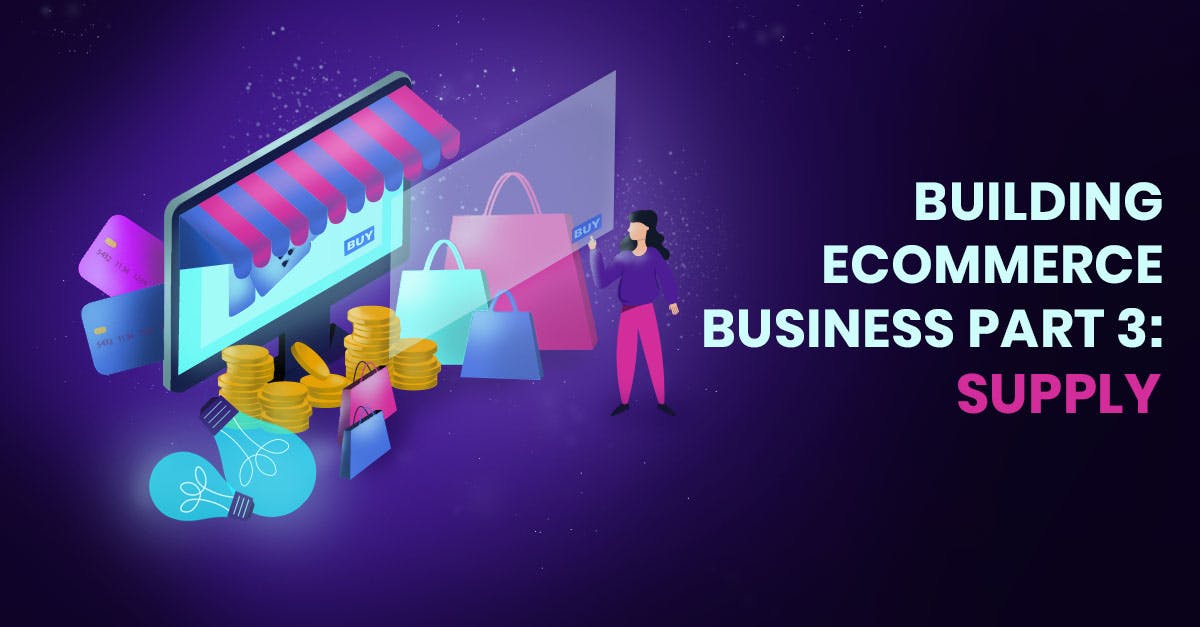Intro
We at Baltic Makers are always looking for fun challenges. Not a secret that during Covid, e-commerce is booming. Amazon, Shopify, and other e-commerce giants have their shares at all times high and we couldn't just pass this opportunity.
We are challenging ourselves in building our own e-commerce business in under half a year. We will do everything in public, using balticmakers.com as a publishing platform. All of our thought processes on what to sell, ad spend, ad campaigns, and revenue will be public.
Not only do we want to learn it ourselves, but also teach others. We will use user-friendly software and build everything with no code so others could easily copy us. I will explain the next steps in the article below.
